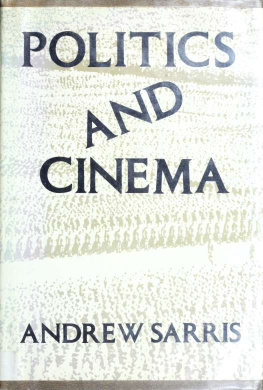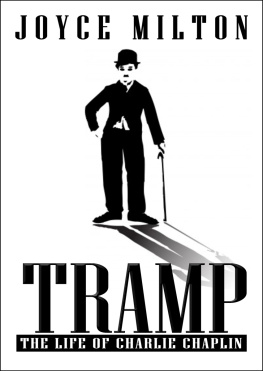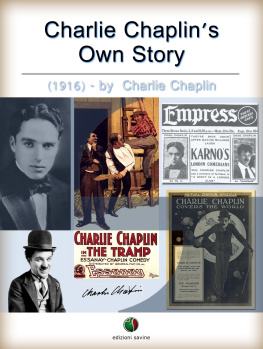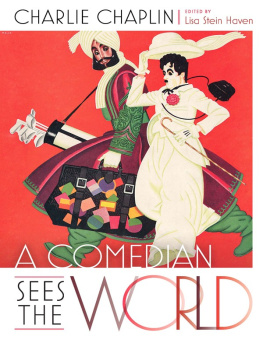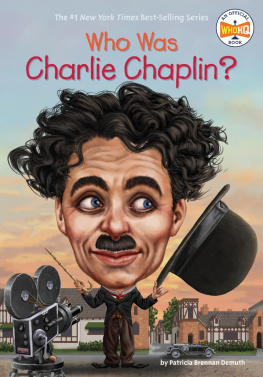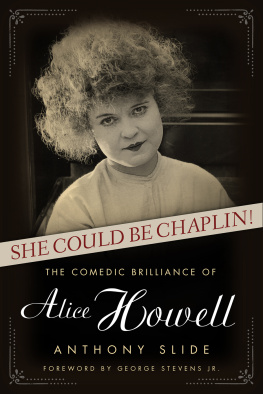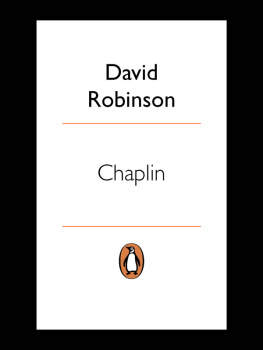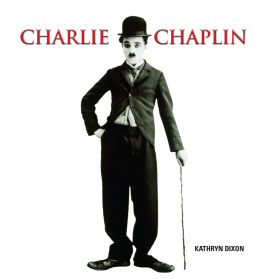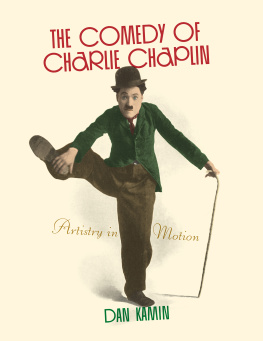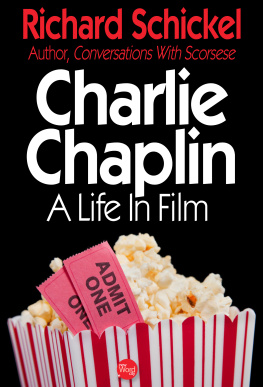CHAPLIN
CHAPLIN
A Life
Stephen Weissman, M.D.

Copyright 2008, 2011 by Stephen Weissman, M.D. Introduction copyright 2008, 2011 by Geraldine Chaplin
All Rights Reserved. No part of this book may be reproduced in any manner without the express written consent of the publisher, except in the case of brief excerpts in critical reviews or articles. All inquiries should be addressed to Arcade Publishing, 307 West 36th Street, 11th Floor, New York, NY 10018.
Arcade Publishing books may be purchased in bulk at special discounts for sales promotion, corporate gifts, fund-raising, or educational purposes. Special editions can also be created to specifications. For details, contact the Special Sales Department, Arcade Publishing, 307 West 36th Street, 11th Floor, New York, NY 10018 or arcade@skyhorsepublishing.com.
Arcade Publishing is a registered trademark of Skyhorse Publishing, Inc., a Delaware corporation.
Excerpts from My Autobiography by Charples Chaplin, published by The Bodley Head. Reprinted by permission of the Random House Group Ltd.
Visit our website at www.arcadepub.com.
Visit the books web site at www.chaplinalife.com.
10 9 8 7 6 5 4 3 2 1
Library of Congress Cataloging-in-Publication Data is available on file.
ISBN: 978-1-61145-040-8
Printed in the United States of America
To Carole and Annie
Contents
Introduction
A FEW YEARS AGO I RECEIVED A PHONE CALL from an acquaintance I had made at a film festival, resulting in the following conversation:
You might want to check this out. Some cocky young author has written an article about your father insinuating that your grandmother was a doxy.
A what?
A chippy, a tart, a houri!
What?
Oh! And that she had syphilis.
WHAT?
Yeah, well, I put it in the post for you. Check it out.
I had dinner with my stepson that night. I told him, Apparently some jerk has published an article calling my grandmother a syphilitic whore!
My stepson was nonplussed and practical: Well, get in touch with whoever wrote it, thank him for the information, then tell him that by the way, your grandmother worked in the same establishment as his grandmother, his mother, his sisters, aunts, and all his female cousins!!!
The article arrived in the mail a few days later. Its cocky young author turned out to be a notable psychoanalyst, Stephen Weissman, M.D. The article was riveting and perceptive and diligently researched. (It has since been published in Richard Schickels The Essential Chaplin.) It also rang true. I was duly shocked. I was intrigued.
I phoned a friend who is the Central Intelligence authority on who is doing what on Chaplinthe Langley of Chapliniana. I asked him if he had heard of Steve Weissman.
Weissman? The shrink? Sure have! Hes had your father on the couch for years! A posthumous psychoanalysis of my father? Oh dear! Hes doing a book. Something special. Big-time, if you ask me.
To make a long story short, I contacted Dr. Weissman, who confirmed that he was writing a book and promised to send it to me when it was finished. He kept his promise and here is the book.
It is unlike anything that has ever been written about my father. Weissman weaves a psychologically astute narrative of Chaplins life and art, brilliantly exploring the relationships between experience and creativity.
A mixture of gritty social history, romance, and medical science, the book begins with Weissman dissecting Chaplins parents tempestuous courtship and disastrous marriage, coming to surprising conclusions. He then takes us into the world of the Victorian music hall. He is an expert, giving wonderful anecdotes about George Leybourne, Alfred Peck Stevens (the Great Vance), Joe Saunders, the male impersonators Vesta Tilly, Nellie Power, Ella Shields. He brings to life the streets of South London, the grim Hanwell orphanage, and finally, with a fresh insight, the Hollywood of the teens and the twenties.
Did Chaplin spin personal tragedy into universal comedy, creating the Little Tramp as a parody and a memorialization of his alcoholic father? Are Chaplins film heroines sublimated, half-remembered, half-repressed memories of his tragic and adored mother? Weissman probes into the psychological explanation of the closest human bonds. It is uncanny how intuitively correct a trained outside investigators conclusions can turn out to be.
This book, always provocative and at times heart-wrenching, is an enlightening read, an important addition to an understanding of my fathers genius and art, and a unique meditation on the mystery of creativity.
Geraldine Chaplin
Chaplin

A Family Romance
T HE ENTRY IN THE REGISTER of the Hanwell School for Orphans and Destitute Children reads:
Chaplin, Charles, aged 7, Protestant.
Admitted on the 18th June, 1896.
He made the twelve-mile trip to the orphanage in a horse-drawn bakery van. Rattling and bumping along lanes lined with chestnut trees, past orchards and wheat fields, the wagon rolled through the fragrant green English countryside. For the seven-year-old, it was a breath of fresh air compared to the grim, gray pavements and thick, smoky fog of the stifling tenement slums of South London from which he had come. Even years later as a grown man, Chaplin could recall the adventure of that van ride.
Until, that is, he was greeted by the first harsh intimations of the starkly regimented life that awaited him. Before donning their scratchy school uniforms, new children were routinely stripped, inspected, and deloused in order to prevent outbreaks of verminous epidemics. Young Charlie soon became one of a sorry group of thirty-five plucked youngsters who suffered the stigma of shaven, iodined heads and miserable quarantine that year.
Far worse than the combined ringworm and delousing regimen was the loss of his mother. With wisdom and compassion, the Lambeth Board of Guardians shipped Charlie off to Hanwell accompanied by Sydney, his older half brother and protector. But after four short months the Hanwell authorities decided that Sydney should be transferred to another institution where he could learn a trade, now that he had turned twelve and was preparing to make his own way in the world.
It was then for the first but not the last time that young Charlie Chaplin found himself desolate and utterly alone. Fourteen months feels like an eternity for a child that age, and Chaplin always remembered this period as one of the most unhappy in his life.
After returning to Hanwell thirty-odd years later at the height of his success, he told a friend:
I wouldnt have missed it for all I possess. Its what Ive been wanting. God, you feel like the dead returning to the earth. To smell the smell of the dining hall, and to remember that was where you sat. Only it wasnt you. It was you in another life your soul-mate something you were and something you arent now. Like a snake that sheds its skin every now and then. Its one of the skins youve shed, but its still got your odour about it. O-oh, it was wonderful. When I got there I knew it was what Id been wanting for years. Everything had been leading up to it, and I was ripe for it. Being among those buildings and connecting with everything with the misery and something that wasnt misery.
Fortunately for moviegoers, some of the skins Chaplin shed in the intervening years were made of celluloid. If you include all those old one- and two-reelers starting with Sennett and the Keystone days, along with seven or eight full-length film classics, they amount to more than eighty films a remarkable number of moltings, even for Charlie, who lived to the age of eighty-eight and proudly fathered ten children of his own.



